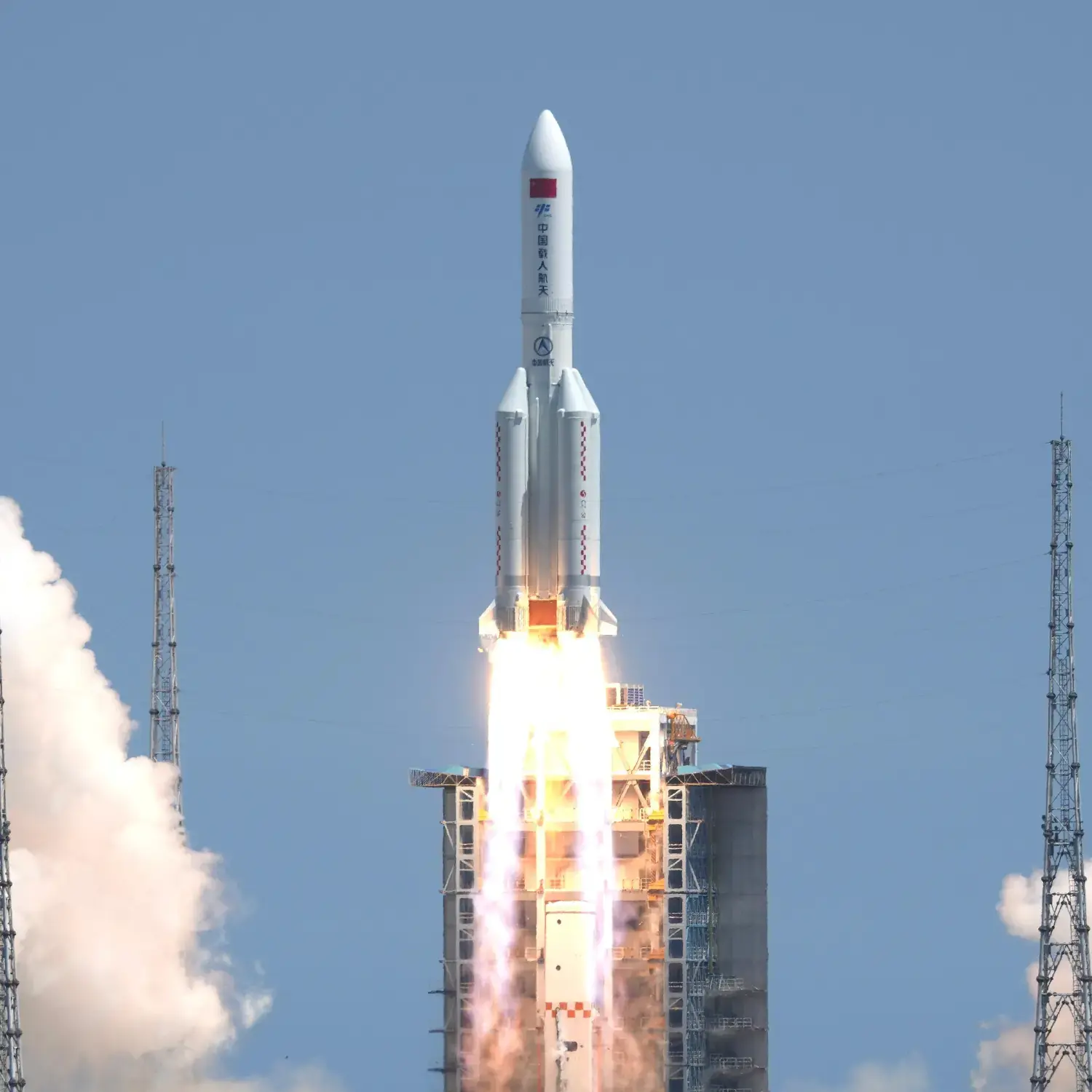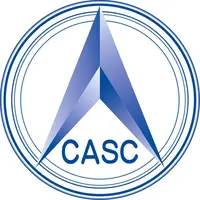/
Mengtian
Launch Success
Liftoff Time (GMT)
07:37:23
Monday October 31, 2022
Watch Replay
Official Livestream
Mission Details
Read Article
Mengtian
The Laboratory Cabin Modules (LCM)s are a major element of the Chinese space station, based on Tiangong-2, as the final stage of Project 921 Tiangong, part of the Chinese space program. While China's small unmanned spacecraft can provide platforms for zero gravity and exposure to space for scientific research, the LCMs offer a long-term environment combined with ready access by human researchers over periods that far exceed the capabilities of Shenzhou spacecraft. Operations will be controlled from the Beijing Aerospace Command and Control Center in the People's Republic of China. The first laboratory module will provide additional navigation avionics, propulsion, and orientation control as backup functions for the Core Cabin Module (CCM). Both LCMs provide a pressurized environment for researchers to conduct science experiments in freefall or zero gravity which could not be conducted on Earth for more than a few minutes. Experiments can also be placed on the outside of the modules, for exposure to the space environment, cosmic rays, vacuum, and solar winds. The axial port of the LCMs will be fitted with rendezvous equipment and will first dock to the axial port of the CCM. A mechanical arm similar to the Russian Lyappa arm used on the Mir space station will then move the module to a radial port of the CCM. Electrical power is provided by two steerable solar power arrays, which use photovoltaic cells to convert sunlight into electricity. Energy is stored to power the station when it passes into the Earth's shadow. Resupply ships will replenish fuel for LCM 1 for station-keeping, to counter the effects of atmospheric drag. The length of each module is 14.4m. They are cylindrical with a maximum diameter of 4.2m and an on-orbit mass between 20 and 22 thousand kilograms apiece.
Low Earth Orbit
1 Payload
22,000 kilograms
Rocket


Agency
CASCRocket
Height: 53.66m
Payload to Orbit
LEO: 23,000 kg
GTO: 0 kg
Liftoff Thrust
10,565 Kilonewtons
Fairing
Diameter: 5.2m
Height: 20.5m
Stages
2
Strap-ons
4
Launch Site
Stats
Long March 5B
4th
Mission
2nd
Mission of 2022
2022
148th
Orbital launch attempt